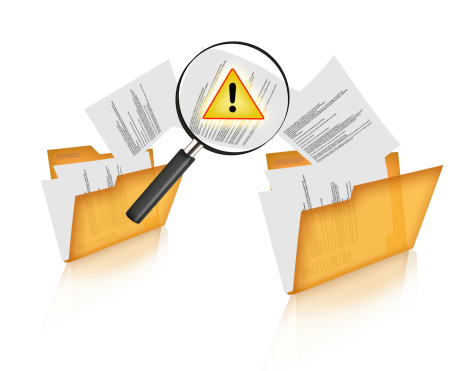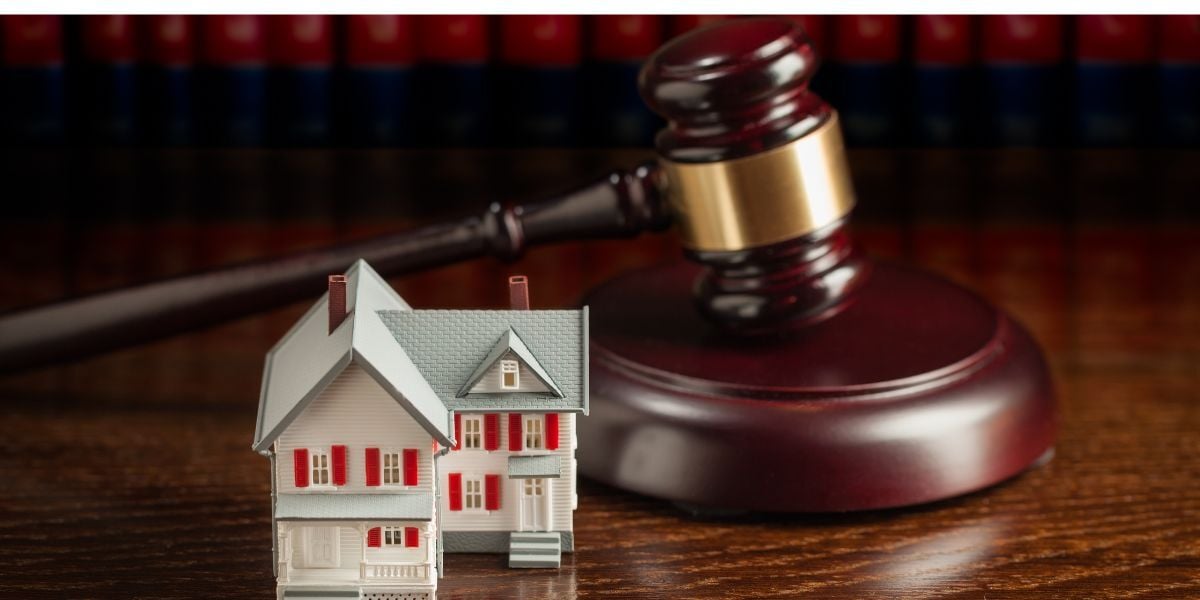 The Covenants, Conditions and Restrictions (CC&Rs) explain what the homeowners association is responsible for and what the homeowner is responsible for. They also outline how the Association lives together and operates. The CC&Rs are the highest level of documents in the Association, only overruled by the law; not to be confused with the Bylaws, which dictate how the HOA operates as an organization, or the HOA rules which the board has the authority to change.
The Covenants, Conditions and Restrictions (CC&Rs) explain what the homeowners association is responsible for and what the homeowner is responsible for. They also outline how the Association lives together and operates. The CC&Rs are the highest level of documents in the Association, only overruled by the law; not to be confused with the Bylaws, which dictate how the HOA operates as an organization, or the HOA rules which the board has the authority to change.
The CC&Rs are first created by the developer of the homeowners association when it’s incorporated. Once the developer is out of the picture the CC&Rs act as the governing documents the HOA board refers to when making decisions in the Association. If a change to the CC&Rs is proposed, it could be a lengthy process.
Questions to Ask Before Changing the CC&Rs
Why is it necessary?
The main reason for changing the CC&Rs is because a law has changed or the way we want to live has changed. Some CC&Rs are so out of date they are confusing and not aligned with the Davis-Stirling Act. Making changes to the CC&Rs is a common practice, but the motivation for doing so should be reasonable and rational. For example, you wouldn’t propose a change to the CC&Rs because you’re a mechanic and want to start a business to run out of your garage. The CC&Rs clearly state you cannot to do this and it isn’t reasonable or rational to have that amended for various reasons – excess noise, chemicals, permits, licenses, etc.
What is it going to cost?
Making an actual change to the CC&Rs is an expensive process. The HOA board will need to consult an attorney for professional advice in order to make a reasonable business decision. It will also need to send out a mailing informing homeowners of the proposed change, hold a town hall type of meeting to discuss the proposed change, and have to send out the ballots to vote.
How long will it take?
The time it takes to change the CC&Rs really depends on the homeowners association. If the community is active and will respond it could be a quick process. But if they need an incentive or a quorum can’t be reached, at some point the HOA board may just need to put an end to the process.
Amending the CC&Rs
The steps for amending the CC&Rs might look something like this:
- The HOA board receives a proposal for a change to the CC&Rs.
- A meeting is scheduled to give homeowners and board members an opportunity to discuss the proposed change.
- A secret ballot is sent out to homeowners to vote.
- The change is approved (or not approved) based on a quorum, not the amount of ballots returned. The CC&Rs will dictate the percentage of members needed to approve the change.
- If approved, all members in the homeowners association will be sent an amended version of the CC&Rs.
- CC&Rs amendment is recorded at the County Recorder’s office.
- The bylaws should also be amended to coincide with the CC&Rs.
If an HOA board is finding it difficult for a quorum to be reached, sometimes it helps to go door to door reminding homeowners to vote and offering incentives, such as being entered to win a raffle when your ballot is turned in. It’s a requirement that a ballot be sent to every member in the Association, but if they don’t respond that’s on them. It’s kind of like your right to vote for the President, but if you don’t that’s your choice.
How an HOA Manager Can Help with the Process
An experienced manager can help guide the HOA board through the process of changing the CC&Rs by acting as the point of contact and communicating with homeowners when they call with a question, explaining the problem and why it’s being changed. The manager also facilitates the mailing and receiving of the ballots and works with the lawyer to write the new amendment.
If your board is needing to make a change to the CC&Rs in your homeowners association or would just like more information about hiring a trustworthy management company, contact The Hignell Companies below for a free analysis.










